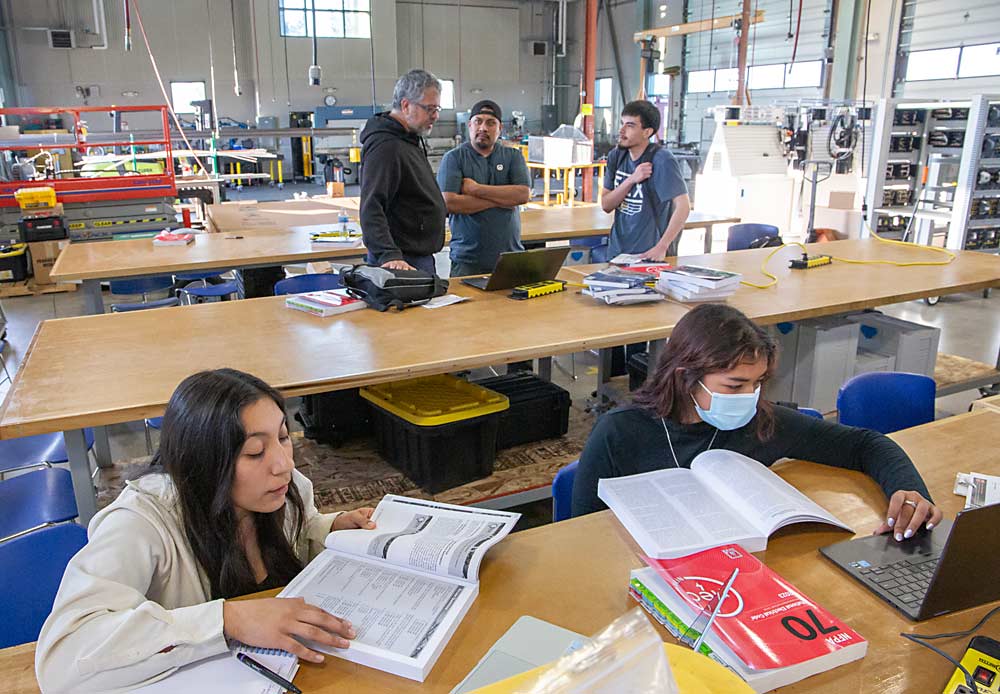
Science drew Alexandra Garcia to ag tech classes. The computerized equipment, intricate electronics and self-driving vehicles in the classrooms of Hartnell College in Salinas, California, just sounded exciting.
Only after a field trip to fresh produce giant Taylor Farms did she realize the courses could make farming a possible career.
“What really pulled me was the automation and robotics,” said the part-time retail worker. “That’s what called (to me) more. But then coming to the class, it was more ag based.”
Garcia has not yet decided her path, but the promise of agriculture as a career owes credit to the efforts of California’s community colleges to train employees for rapidly innovating food production workplaces. The schools have won millions of dollars in grants, renovated portions of their campuses, rewritten curricula, helped pay for internships and entered robotics competitions to prepare future workers to operate and fix the sophisticated tools on specialty crop farms.
They want young people like Garcia to view farm work not as some place they just end up but something they should choose.
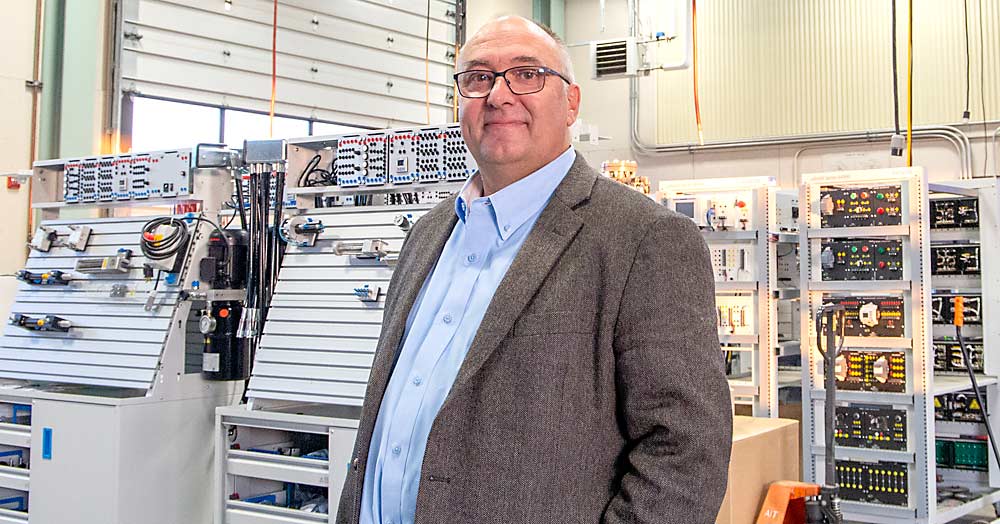
F3
The effort goes beyond Salinas, a land of strawberries and leafy greens.
Colleges near Fresno in California’s Central Valley, the largest stone fruit producing region in the nation, are redesigning courses and degrees with an eye toward technology. They’re backed by hefty federal money.
In 2022, the U.S. Department of Commerce announced a $65.1 million grant to integrate technology into agriculture, improve productivity and job quality for farmworkers, and build more resilience into the nation’s food system. Dubbed the Fresno-Merced Future of Food Innovation Initiative, or F3, the grant was one of 21 awarded by the $1 billion Build Back Better Regional Challenge, paid for by President Biden’s postpandemic American Rescue Plan.
Part of the goal is to future-proof some of the farmworkers standing in the path of technological development, said Karen Aceves, former F3 workforce initiative director, during one of the panel discussions at the FIRA USA ag automation conference and trade show in September in Salinas.
In the broadest terms, automation throughout the American economy — farming or otherwise — could displace as much as one-third of the workforce, without retraining, according to global consulting firm McKinsey & Co. The progress of artificial intelligence only accelerates that, the company said on its website.
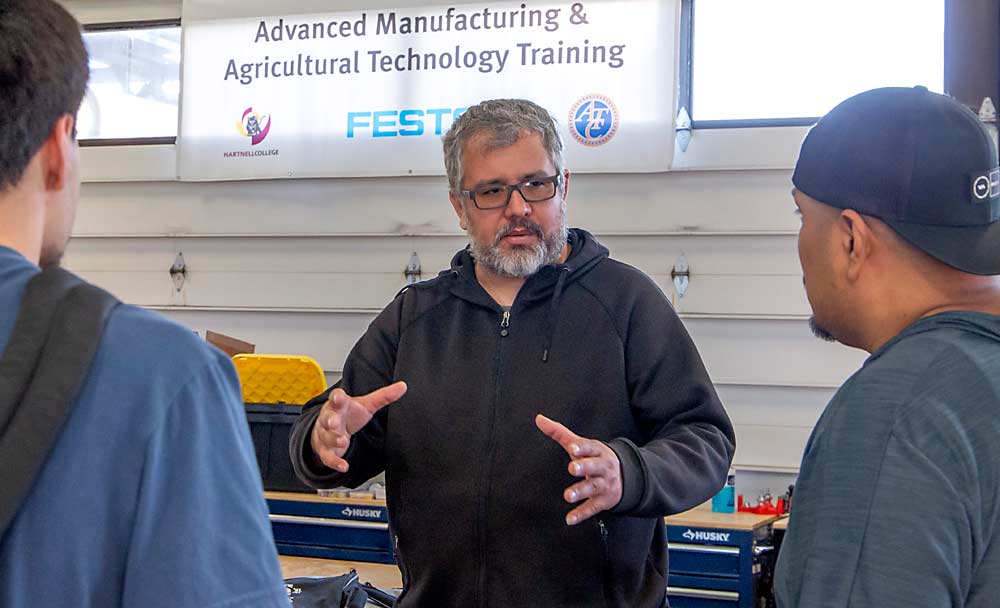
“How are we going to build this inclusive ecosystem and have this incredible kind of catalyst for innovation in the Valley and leave them behind?” Aceves said at FIRA. “We can’t do that.”
Part of her work involved surveying farmworkers about their aspirations and concerns with technology and their barriers to education. Aceves said the 10,000-plus responses busted some myths that she, a granddaughter of a Bracero Program worker, had held.
For example, she and the educators and employers who helped craft the survey anticipated farmworkers would prefer to train at their job sites; 80 percent preferred the opposite — either at a college or at home.
After consulting with nearby employers, eight community colleges spent their portion of the funding to create a 12-unit agricultural technology certificate to upskill farmworkers for better-paying jobs. The target is 8,400 students. Using the same grant funding, four of the eight colleges have set aside portions of their campus farms specifically for technology demonstrations and trials, replanting crops when needed.
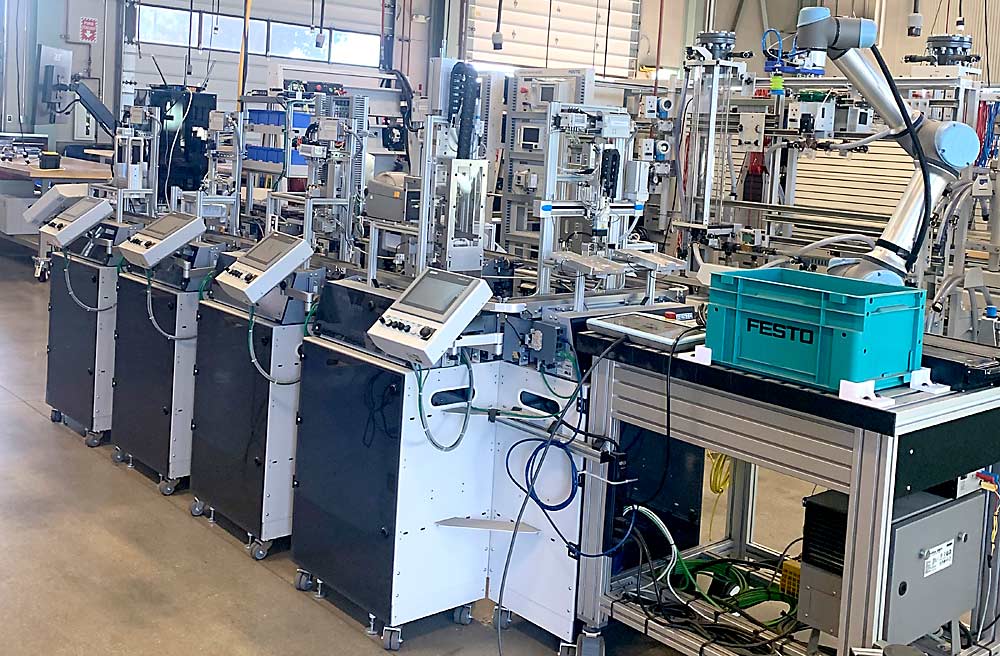
Other grants, same goal
In 2021, Reedley College used a different federal grant to create a fall/spring tandem of classes on the fundamentals of fresh fruit and technology in agriculture after some of the area’s vertically integrated stone fruit producers asked for more tech-savvy horticultural workers. This year, 18 students enrolled in the class, said David Clark, dean of instruction for the agriculture and natural resources, business and industrial technology division.
For higher-level instruction, Reedley combined the faculty and course work of its industrial technology and agriculture programs to create a new associate of science degree called ag systems management, which covers farm applications of electric motors, programmable logic controllers and sensors. The two-year degree also transfers directly to four-year degrees at Cal Poly in San Luis Obispo and California State University, Fresno. The college has applied for another federal grant to offset the cost of the new degrees, Clark said.
The new courses require creativity, because existing faculty don’t necessarily have the expertise or access to technology. The college is preparing to host its fourth annual agricultural technology conference in March, with the help of Western Growers and the California Fresh Fruit Association. Tech companies, such as Bluewhite, and drone service providers make regular appearances.
“We use a lot of guest speakers and field trips,” Clark added.
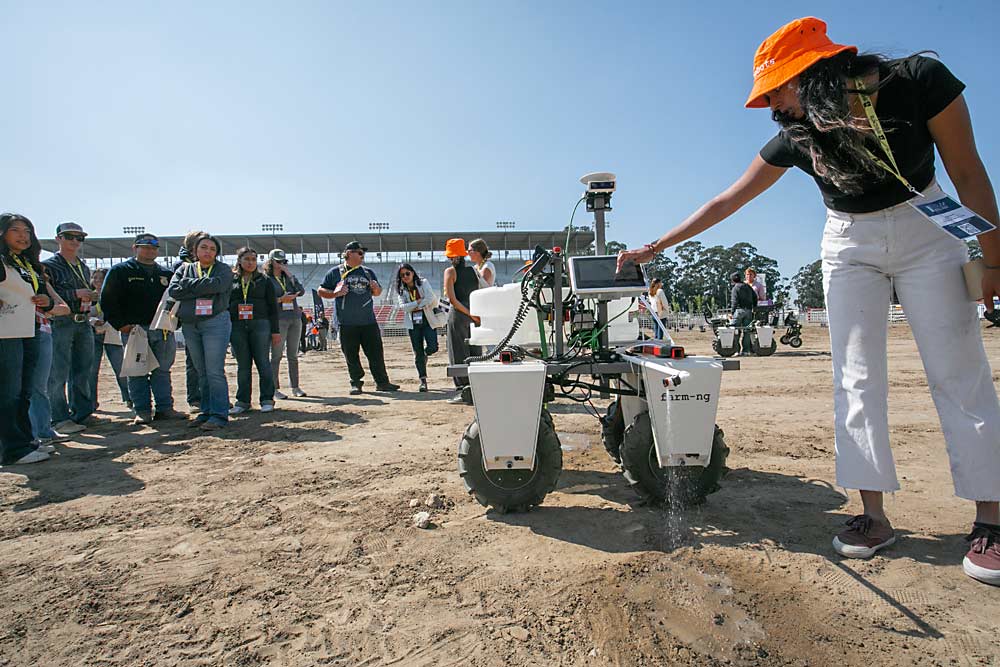
Hartnell
Back in Salinas, grants fund progress, too. In the past year, the college has won more than $13 million worth of grant money, some shared with other nearby schools, said Clint Cowden, Hartnell’s dean of career technical education and workforce development.
But steps toward innovation began nearly two decades ago. In 2006, rocked by a deadly E. coli outbreak traced to the community’s bagged spinach, nearby producers started donating to Hartnell to improve technology training, Cowden said. Food safety remains one of the major courses in the college’s Agricultural Business and Technology Institute today.
Equipment also came with the funding. Hartnell’s ag tech classroom is a spacious shop with robotic welding arms, programmable logic controllers and a small but fully operational produce packing line by Festo, a German automation company. All those tools are in use at nearby packing facilities.
“This is high tech, but it’s also high touch,” Cowden said.
The students also get to program a self-driving, sensor-equipped electric vehicle made by farm-ng to make yield estimates of artichoke harvest in nearby Castroville. That project is part of the Farm Robotics Challenge, a nationwide technology competition. Hartnell is one of the few community colleges involved.
Students don’t necessarily eye farming, but they know it’s a good option, some said. Jorge Magaña, a maintenance technician at a nearby paper mill, and Jorge Chavez, a machine operator at a garlic processor, believe the class’s controller programing, sensor calibration and electrical circuits training will help them find high-wage work anywhere.
“The whole world is an option,” Magaña said.
—by Ross Courtney

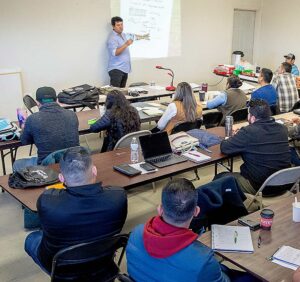





Leave A Comment